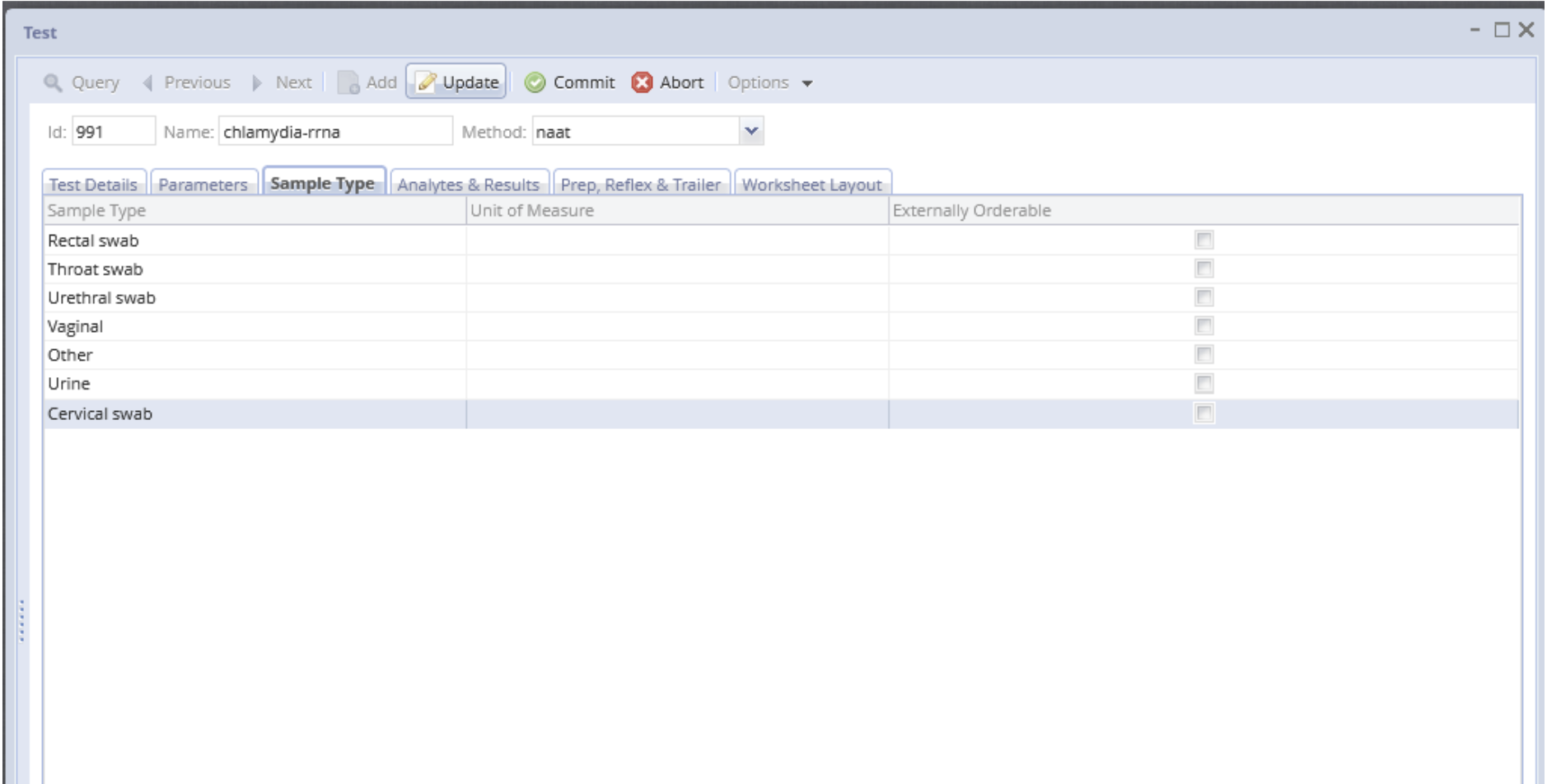In the dynamic world of laboratory management, adaptability and efficiency are vital. With the recent redesign of the Test Screen in OpenELIS, laboratories gain a myriad of functionalities that streamline processes and enhance overall performance.
Let's delve into the specifics of these enhancements and explore the functionality gained through this redesign.
1. Report Method Enhancement: The introduction of the "Complete sample also on web" option provides more adaptability to the reporting process. Now, submitters can't view the final report until all results are released on the web portal, ensuring comprehensive and accurate reporting.
2. Scriplets Optimization: Scriplets, specialized code tailored to client-specific needs, now offer enhanced flexibility and error prevention. By allowing multiple scriplets per test and implementing parameters to catch human error, laboratories can produce simplified results while maintaining accuracy.
3. Parameter Tab: The addition of a new tab for parameters facilitates customization and adaptability. With the ability to add multiple parameters per test, the LIMS Administrator can tailor their processes to suit varying requirements seamlessly from assigning Instruments to Tests, to making a test orderable on the Web Portal, and overriding reportability to different messaging partners
4. Sample Type Management: The externally orderable column in the sample type section complements the "Test orderable on web" feature, enabling the LIMS Administrator to specify valid sample types to make available on the Web Portal for each test efficiently.

5. Analytes and Results Enhancement: The introduction of the "Role" feature within analytes and results ensures secure data entry and access control. By separating access based on roles, the LIMS Administrator can maintain data integrity and confidentiality. This functionality makes information available to specific roles and honors the confidentiality of the patient.
6. Instrument Association: Laboratories can now associate specific instruments with specific tests, automatically populating the worksheet. This auto-building process ensures accuracy and efficiency in testing procedures. This also means that if multiples of the same instrument are used by the lab, all of these instruments will appear in a dropdown on the worksheet for selection of the instrument used for that run.
7. Enhanced Result Reporting: With the inclusion of a test result trailer and expanded options for reference ranges, laboratories can provide comprehensive and informative reports tailored to each result, enhancing clarity and usability for stakeholders.
8. The addition of a test result trailer in the Prep, Reflex, and Trailer section provides tailored information depending on the test outcome, not just the result.This caters to diverse reporting needs and ensures clarity on both the test and the result. This enhancement, highly sought after, contrasts with the traditional way of doing, which only provided supplementary information about the test itself, not its specific results.
The overarching goal of this redesign is to empower laboratory staff with tools and functionalities that meet their needs and streamline their processes without the need for extensive coding or customization. By offering these enhancements, laboratories can improve their efficiency, accuracy, and overall processes, ultimately helping them in providing a high standard of quality of healthcare.
*This is the first part of two, in part two, we unpack the updates and changes made to the Web Portal to provide an expanded service offering.
Photo by CDC on Unsplash.

